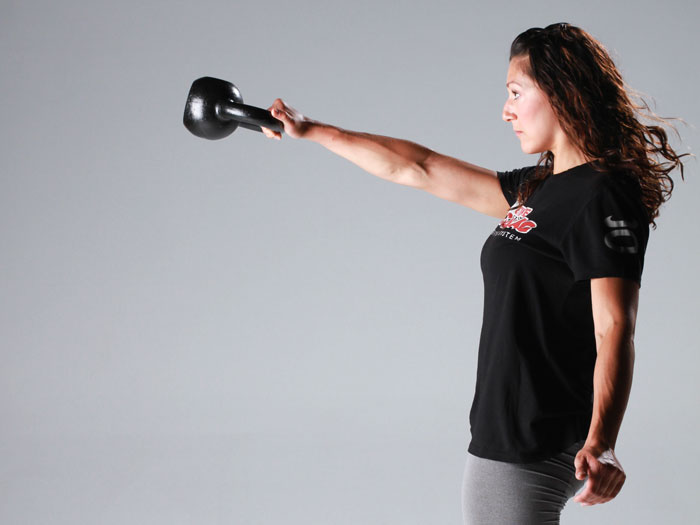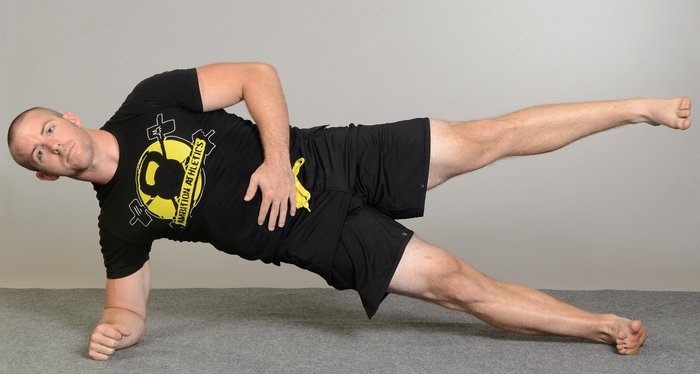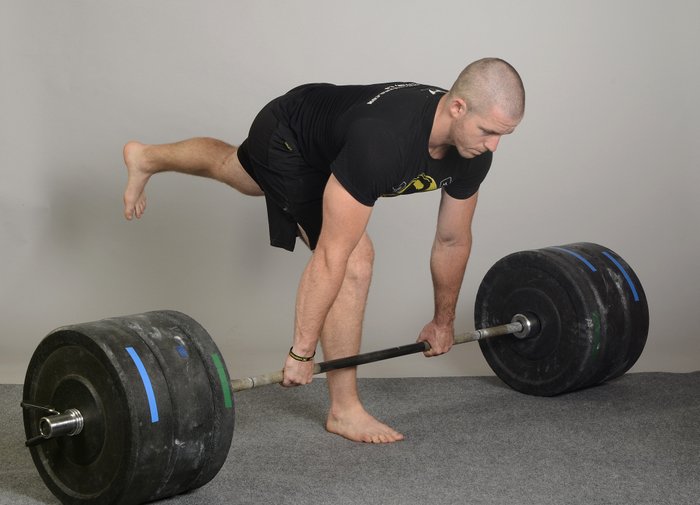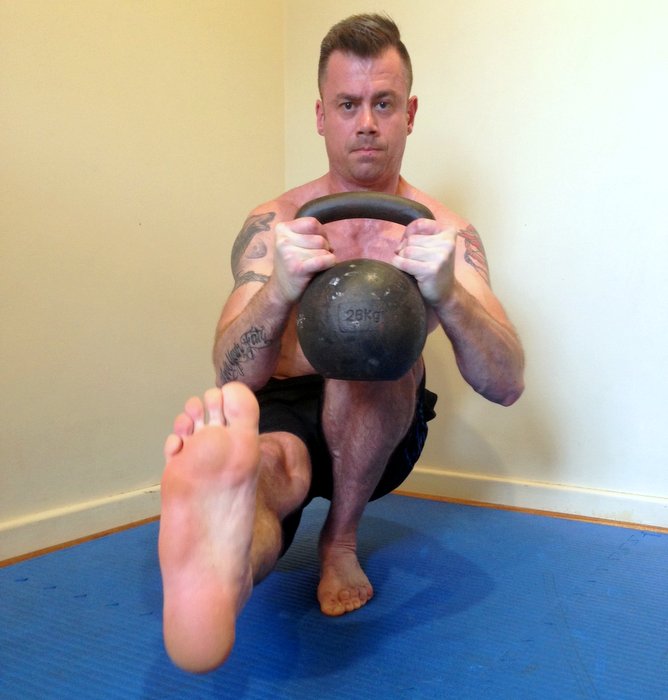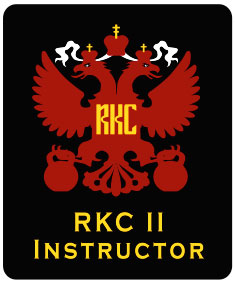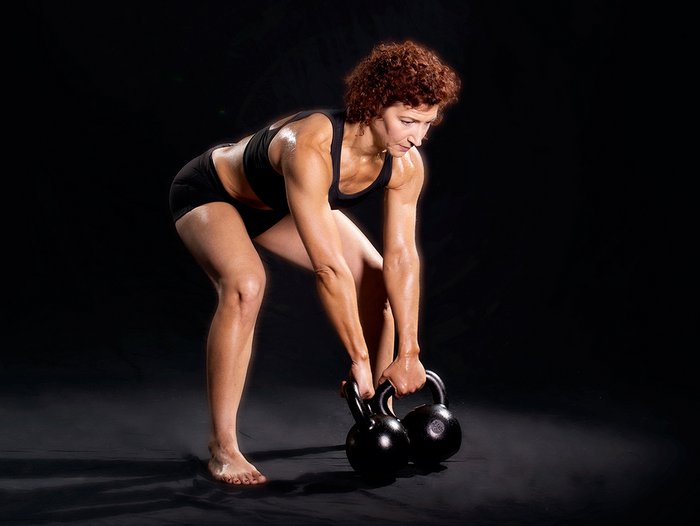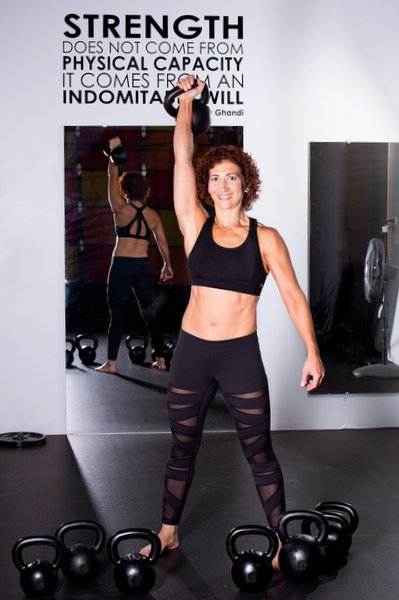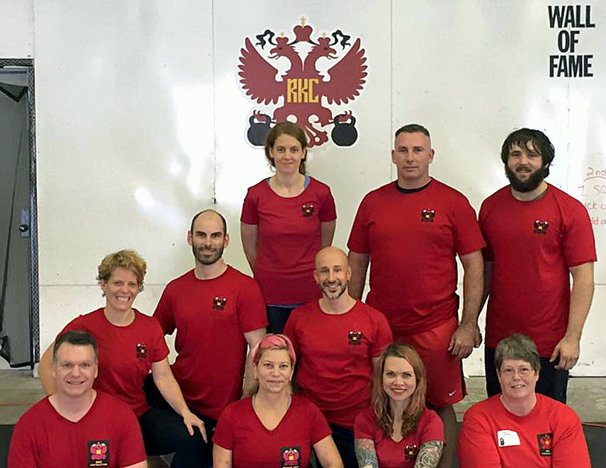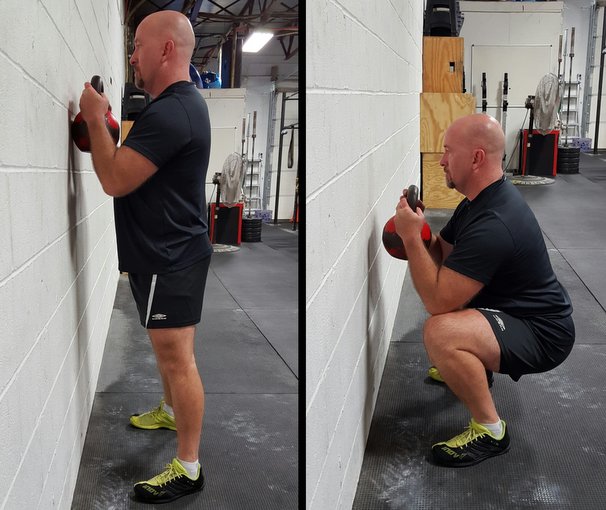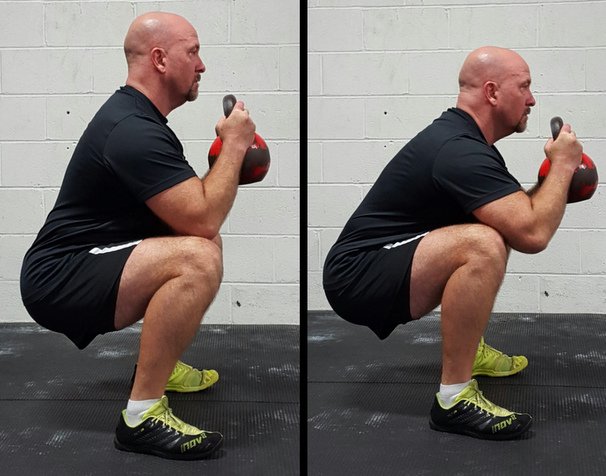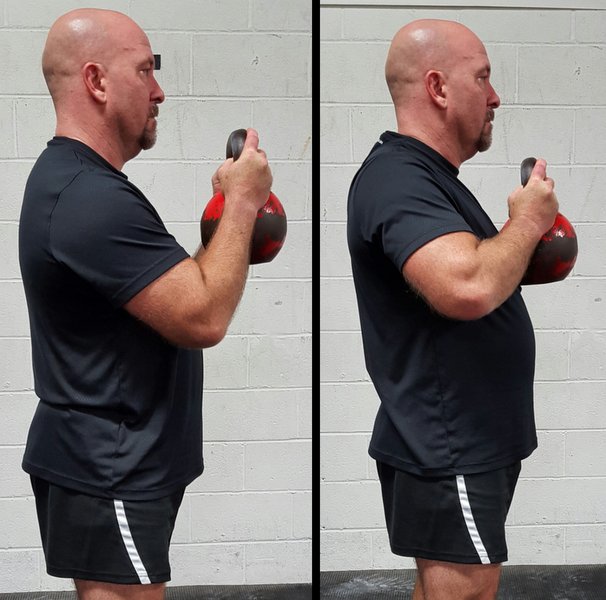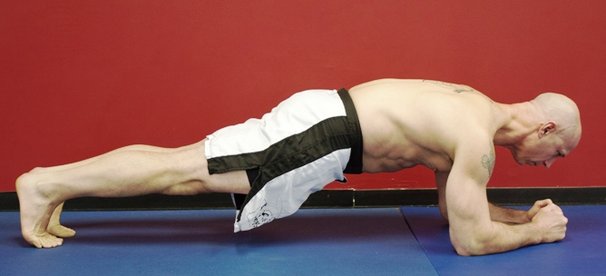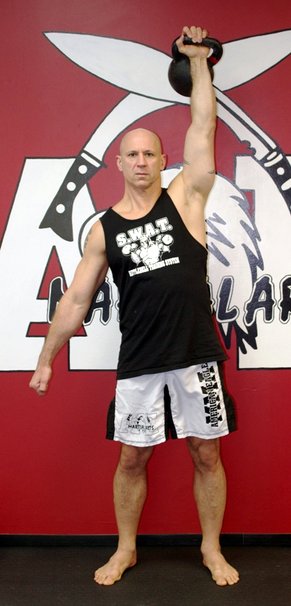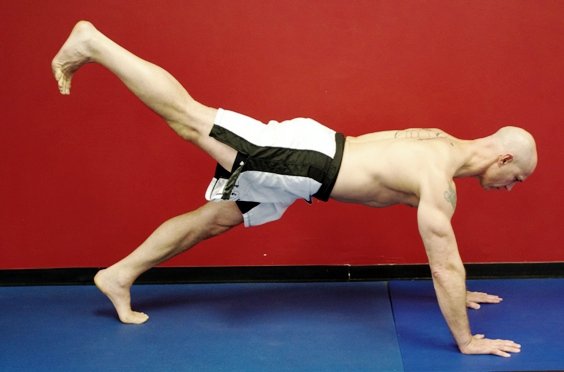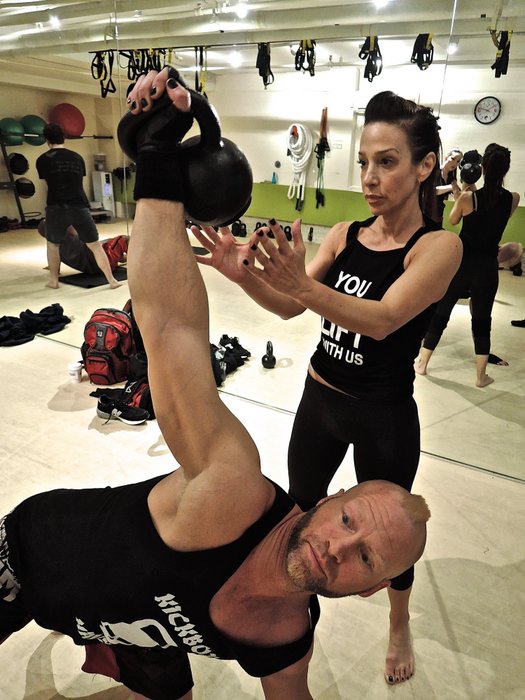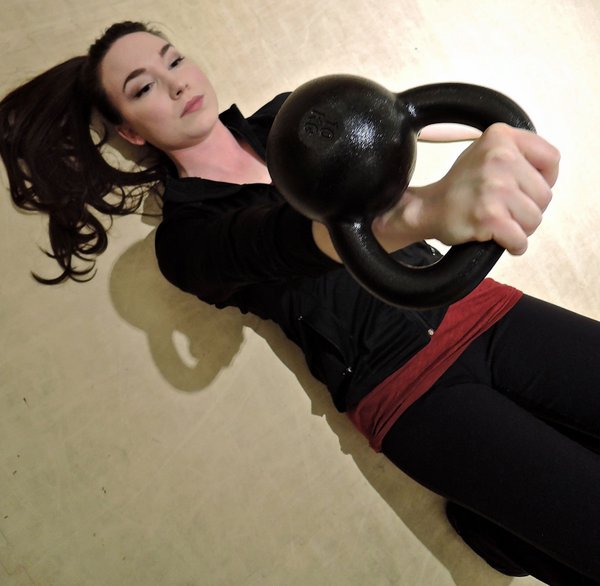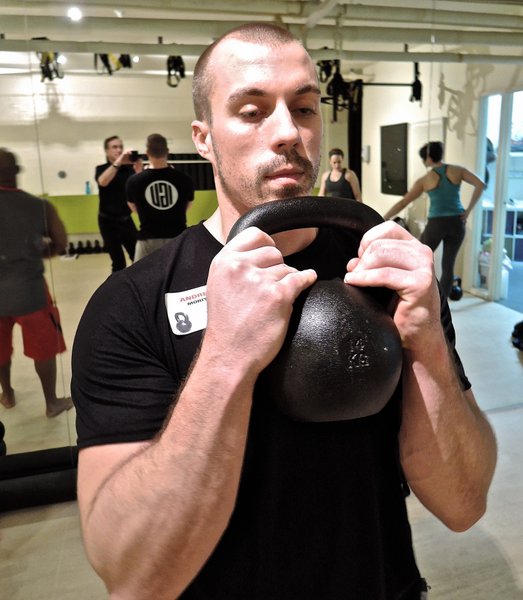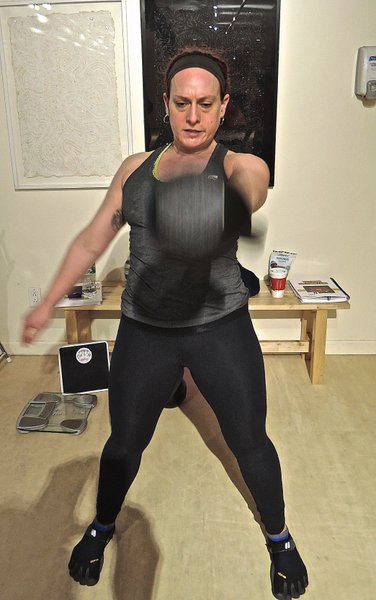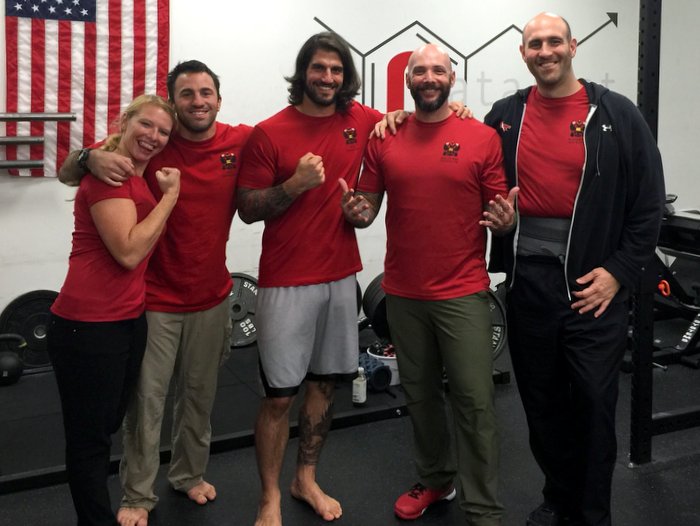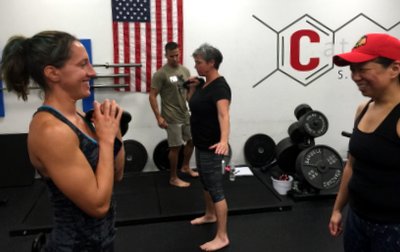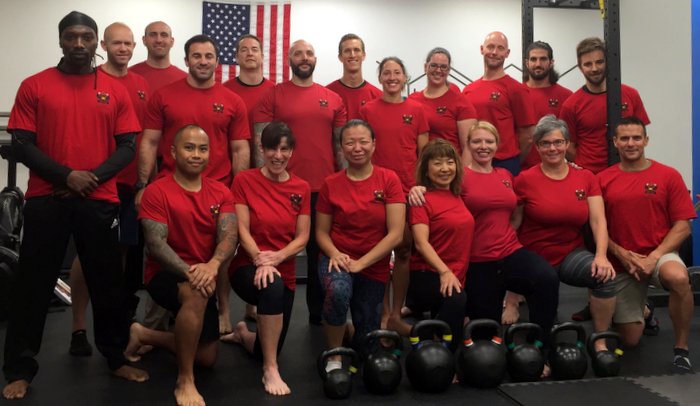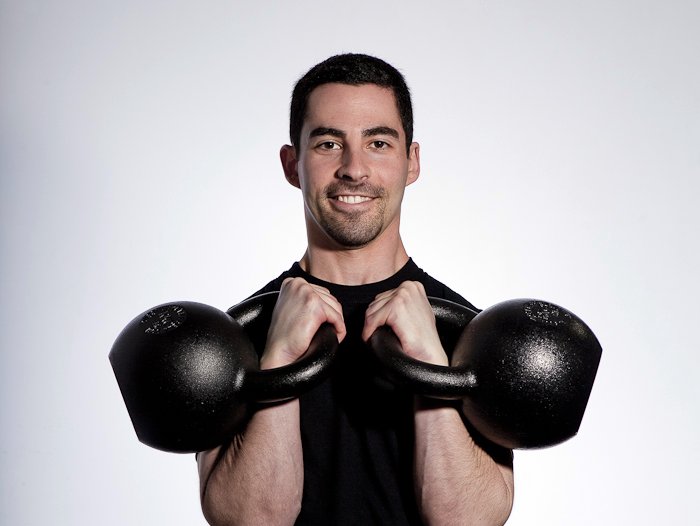
Full disclosure—I love kettlebells. With that out of the way, I can share a few tips I’ve learned along my fitness journey. Some of these things I’ve learned through positive experiences, like reading a book, attending a certification, or studying martial arts. Other things I’ve learned through injury.
Let’s talk about the importance of training your hands to support and enhance your kettlebell training. If you are wondering how to train your hands and why, I will do my best to enlighten you. When I train my clients or myself, a lot of the movements we perform involve gripping the kettlebell, barbell, pull-up bar, etc. The amount of time we spend with our hands open pales in comparison to how much time we spend gripping objects. That alone is reason enough to keep performing push-ups and crawling movements. If we spend so much time gripping, then we may unknowingly create an imbalance. I learned this first hand after straining a muscle in my inner forearm—an injury which put me on the shelf for a couple weeks. (My massage therapist discovered the imbalance in my forearm.)
That injury occurred several years ago and I vowed to not let it happen again. So far I have been successful and would like to share the simple drills I use to train my hands and forearms so that you can also avoid this annoying injury.
Drill #1 – Wrist Circles
I first learned this drill while studying Kung Fu. It was part of our joint mobility warm-up. I was pleasantly surprised when we went through a similar mobility complex during my RKC Level 1 back in 2011. This is another example of the many parallels between martial arts and kettlebell training. If you look at your RKC or HKC manual, then you will see that this is the second drill in the mobility complex section. I do this drill every morning as part of a quick 8 to 10-minute Qigong Recharge. This drill gently works the wrists through their full range of motion, lubricates the joints, and brings healthy blood flow to the wrists.
I have also taught this drill to clients with carpal tunnel or who experience discomfort in their wrists. The results have been either positive or no change in discomfort—both of which are certainly better than a negative result.
To perform this drill, start by interlocking your fingers and bringing your palms together in front of your chest. Gently roll your wrists around, making sure to also reverse the direction.
Drill #2 – Wrist Flexion and Extension
This is another drill that I learned from studying Kung Fu. It was one of many hand-training drills we practiced. Now, I find this drill to be very beneficial for my clients and myself. The stretch is amazing and it hits parts of my forearm that I had usually neglected. In one instance, I actually cured a client’s wrist pain with just 5 reps of this drill!
To perform this drill, straighten your arms and bring them up and out in front at chest level. As you straighten your arms, push through the heel of your palms and try to pull your fingers back toward your face. Hold for just a few seconds, then start to pull your arms back into your body by bending your elbows. As your elbows bend, bring all of your fingers together to form a crane’s beak, then try to bring all of your fingers to the inner part of your forearm. That’s one rep. Perform 5-10 total reps.
https://youtu.be/H20gV0h9Ork
Drill #3 – Hand Whipping
This is yet another drill that I learned from Kung Fu. I also read about a similar drill called “shaking out” in an old Dragon Door book, Beyond Stretching: Russian Flexibility Breakthroughs, that employs the same technique for strengthening the tendons and ligaments in your legs. This drill is a bit more advanced than the previous two, but definitely worth trying.
Begin the drill with your arms relaxed by your sides. Slowly bring your hands up to your body and when your hands reach your chest, quickly whip them out in front of you. Although you are moving very fast, try to stay as relaxed as possible.
https://youtu.be/FbF1q2sBWKo
Thank you for reading my first RKC Blog post! Try these drills and let me know what you experience.
Stay Strong!
****
Ryan Jankowitz, RKC-II Instructor, CK-FMS, is a life-long athlete who can’t imagine sitting behind a desk. He enjoys sharing his passion for fitness and spreading the RKC knowledge. Ryan operates a remote fitness coaching service and is available for private kettlebell workshops as well. You can reach him at ryan@rjkettlebell.com or through his website rjkettlebell.com. He also works with clients and teaches kettlebell classes at Fitness on the Run in Alexandria, Virginia. If you’re in the area, visit fitnessontherun.net and come swing some bells with Ryan.
